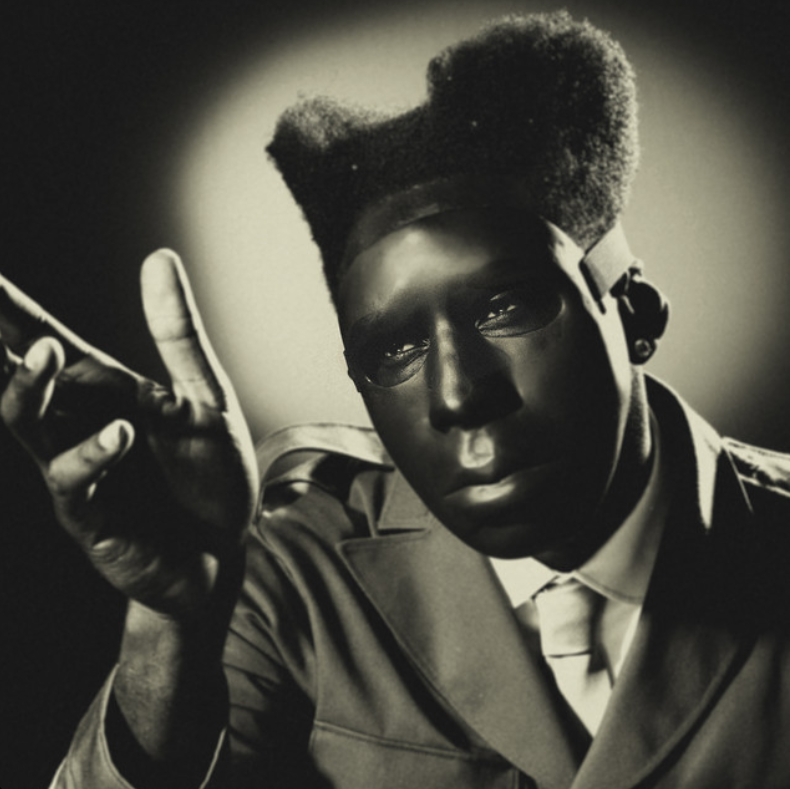by Nia Decaille
Some students were shocked when the news broke about the October 14 incident in which University of Massachusetts Amherst sophomore Josh Odam found the graffiti, “Kill these n—-” on the door of his room in Coolidge, in Southwest. Chancellor Kumble R. Subbaswamy who spoke at an emergency meeting two days later, said this hate crime “shocked” him, as well.
But it is only shocking to those who are removed from campus life at UMass or are privileged enough to have race left out of daily conversation and experiences.
Sheena Jeune, a member of the Black Student Union who attended the emergency meeting, agreed that UMass Amherst wasn’t so inclusive. “Ferguson may be in Missouri, but I feel that it’s right here as well,” she said.
At the moment, increased publicity around race at UMass Amherst has highlighted the reality of students of color at UMass. The question now is , how can a community move forward after students of color have voiced their feelings about being ignored, unappreciated and even hated? After attending the emergency meeting, rally, and following up on the events of the town hall meeting on Oct. 17, I’ve identified five ways the university can talk about race openly, honestly, and help make the community feel safe for all students. I’d love to hear your thoughts.
1. Do not consider this an isolated incident
Most students of color on this campus have been in the uncomfortable situation like I was in during my freshman year. As the only student of color in the class, I noted in a class discussion that it was hard to make friends on campus, but that students of color felt alienated on campus. I had hoped to generate a conversation about the issue with my fellow white students. But nothing happened. Instead, the class moved on, and an opportunity to talk about an issue of importance was missed.
The only way to effectively combat ignorance is to acknowledge that it does exist, even at supposedly liberal institutions of higher learning. Students of color aren’t just “pulling the race card,” whatever that means, when they say that their college experience is filled with stress fueled by racial differences. The term to describe how these differences may shape life experiences, like college, is called intersectionality. Factors such as sex, class and race can make one student feel excluded, while some may never have to consider it. If we want to talk about race, the first step is admitting that this happens to students of color regularly.
2. Admit more students of color.
The Daily Collegian recently published an article that said that in 2013, African American students account for 4 percent of the student population, in comparison to the 78 percent of white students. Black students account for the lowest minority population at UMass, along with Native American students who weren’t represented at all.
UMass Amherst cannot screen students for bigotry, but it can change the racial dynamic on campus by actively recruiting more black students. Higher minority enrollments would help more students of color feel less alienated and add to a community with a bigger variety of lived experiences. For many white students from the suburbs of Boston or New York, UMass is the first place they meet people of color. There’s opportunity here for learning about other cultures. Maija Hall, a student and member of the Center for Education Policy & Advocacy (CEPA) said that, upon coming to college, her first roommate was white.
“I think it was good for her,” she said. “She had never lived with anyone of color, let alone black,” she said.
3. Make sure faculty and staff know how to handle talking about race
We shouldn’t just assume everyone knows how to identify micro aggressions and talk about race without offense or speak for underrepresented students. Graduate student Armanthia Duncan said that teachers needed help addressing these issues, not just in social settings, but in the classroom.
“What are you going to do about the fact that it’s hard for us here now?” said Duncan. “You talk about undergraduate students but you didn’t mention anything about diversity of faculty –When I deal with micro aggressions in the classroom, where do I go?”
One way to address racism is to hire more faculty of color like Duncan suggested, but also ongoing training teachers, residential assistants and staff at the university on how to talk about race. A course or orientation, similar to the Student Activities Office’s student leadership training seminar, should be available to help teachers and staff. The material should go over the concept of white privilege, how to be an ally, and how to address racial tension and micro/macro aggressions in conversation. The university should reach out to resources on campus such as the Center for Women & Community and the Center for Multicultural Advancement and of Student Success (CMASS), who address racism through workshops and training.
4. Students shouldn’t have to take the lead
At the October 16 forum, Chancellor Subbaswammy said that he needed students’ help to combat racism. But the reality is, the university itself should be leading. If UMass Amherst is serious about making sure that all students feel like they matter, the administration must exercise more aggressive leadership on this issue. Ethno stress, a term used to describe the feeling of “powerlessness and hopelessness” because of the added pressures of being a person of color in a predominantly white space, shifts more of a burden on to students of color. It’s a stress that UMass students of color don’t need. Retention is a big issue for UMass administrators; with a safe and supportive environment, students of color will stay at UMass and thrive.
5. Stop making excuses
It’s not easy eradicating racism, and we’ll all make mistakes. Like everyplace else, UMass Amherst is home to people with racist attitudes, and some who will act on them. What the university cannot afford to do however, is wait for another hate crime to happen to address the problem with racial diversity.
Nia Decaille can be reached at ndecaill@umass.edu. Follow her on Twitter@duhcaille.







